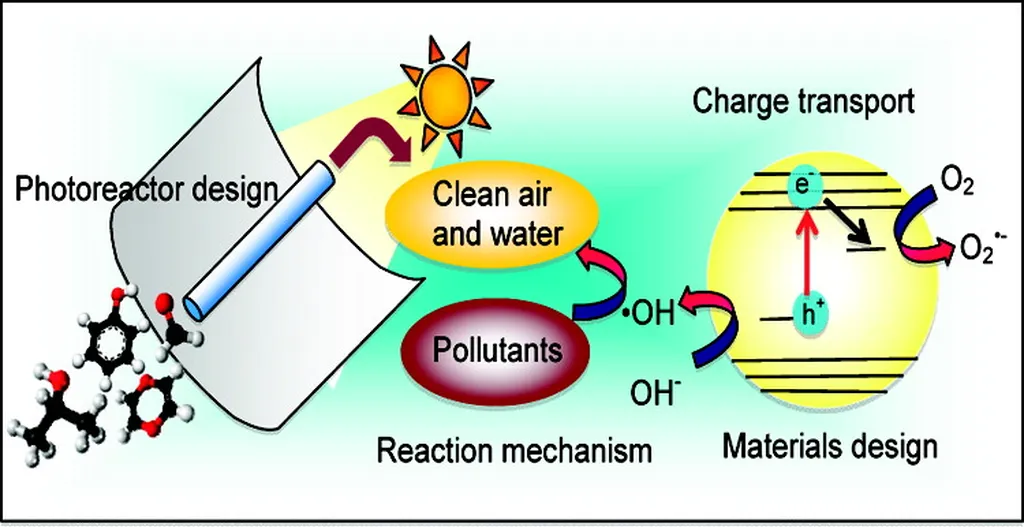In the quest for clean and sustainable energy solutions, researchers from the University of New South Wales, including Ho Truong Nam Hai, Jacqueline Hidalgo-Jiménez, and Kaveh Edalati, have made a significant stride in the field of photocatalytic processes. Their work, published in the journal Advanced Materials, focuses on enhancing the efficiency of photocatalysts for the production of hydrogen (H2) and methane (CH4), two promising green energy carriers.
The team introduced a novel approach by integrating two key concepts: atomic-scale d0/d10 electronic junctions and micro-scale P/N heterojunctions within a high-entropy oxide (HEO) framework. The HEO, which contains d0 cations (Ti, Zr, Nb, Ta) and d10 cations (Zn), serves as an N-type semiconductor, while CuO is used as a P-type semiconductor. This integration aims to improve the optical properties of the material, including light absorption, charge mobility, and the reduction of electron-hole recombination, all of which are crucial for enhancing photocatalytic efficiency.
The researchers found that by partially removing vacancies in the heterojunction, the photocatalyst’s performance significantly improved. Specifically, hydrogen production from water splitting reached 0.71 mmol per gram per hour, and methane evolution from CO2 conversion achieved 2.40 micromoles per gram per hour with a 72% selectivity for methanation. These results demonstrate the potential of the integrated strategy for developing highly active heterostructured catalysts for clean fuel production.
The practical applications of this research for the energy sector are substantial. Enhanced photocatalysts can contribute to more efficient and sustainable methods for producing hydrogen and methane, which are vital for various energy applications, including fuel cells, power generation, and industrial processes. By leveraging the unique properties of high-entropy oxides and heterojunctions, this study opens new avenues for advancing photocatalytic technologies and addressing global energy and environmental challenges.
The research was published in the journal Advanced Materials, a leading publication in the field of materials science and engineering.
This article is based on research available at arXiv.

